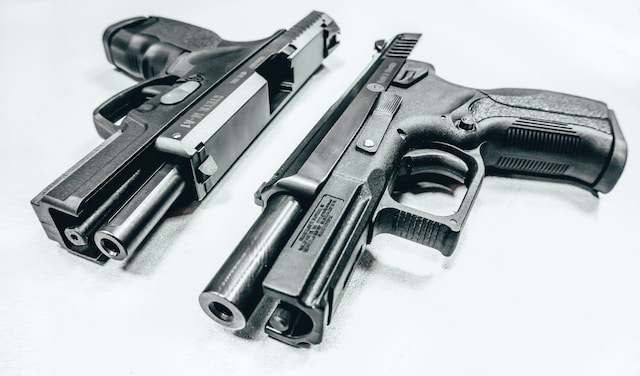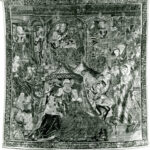Hugo Schmeisser was a renowned German firearms designer and engineer who made significant contributions to the field of small arms during the early 20th century. Born on September 24, 1884, in Jena, Germany, he came from a family with a rich legacy in firearms manufacturing. His father, Louis Schmeisser, was a well-known gunsmith and founder of the Schmeisser firearms company. Hugo Schmeisser followed in his father’s footsteps and became a pivotal figure in the evolution of firearm design.
Schmeisser’s early years were marked by a strong interest in engineering and firearms. He received his education in mechanical engineering at the Technical University of Berlin, where he honed his skills and gained a deep understanding of the principles behind weapon systems. After completing his studies, Schmeisser joined his father’s company, where he worked on various projects and quickly established himself as a talented designer.
One of Schmeisser’s notable contributions to firearms design came during World War I when he developed the Sturmgewehr 16, a select-fire rifle chambered in the intermediate 7.92x33mm Kurz cartridge. This rifle, which later evolved into the StG 44, is widely considered the world’s first practical assault rifle. The StG 44 incorporated several innovative features, such as a high-capacity detachable box magazine and a select-fire mechanism, which allowed for both semi-automatic and fully automatic fire. Schmeisser’s design revolutionized infantry tactics and had a profound influence on subsequent small arms development worldwide.
During the turbulent years of World War II, Schmeisser’s expertise was highly sought after by the German military. He continued to work on firearm designs and played a crucial role in the development of various weapons used by the German forces. His contributions included designs for submachine guns, machine guns, and other small arms that demonstrated his ingenuity and technical prowess.
However, it is important to note that Schmeisser’s involvement in World War II remains a topic of controversy and debate. While he undoubtedly made significant contributions to firearms design during this period, it is unclear to what extent he supported the ideology of the Nazi regime. Some accounts suggest that he was a member of the Nazi Party, while others argue that his contributions were driven solely by his passion for engineering and firearms design. It is crucial to consider the historical context and complexities surrounding this period when evaluating Schmeisser’s legacy.
After World War II, Schmeisser’s career took an unexpected turn when he was captured by the Soviet Union and held as a prisoner. During his captivity, he was forced to work on weapon designs for the Soviets. His knowledge and expertise were highly valued, and he was instrumental in the development of several Soviet firearms, including the iconic AK-47, designed by Mikhail Kalashnikov. Schmeisser’s involvement in the development of the AK-47 is a topic of contention, with some sources suggesting a direct influence, while others dispute his level of involvement. The exact extent of his contribution to the AK-47 design remains uncertain.
Following his release from captivity in 1952, Schmeisser returned to Germany and resumed his work in firearms design. He continued to innovate and develop new weapon systems, focusing on submachine guns and assault rifles. His designs often showcased advanced engineering principles and were renowned for their reliability and durability.
Hugo Schmeisser’s career spanned several decades, during which he made significant contributions to the field of firearms design. His work revolutionized infantry tactics and influenced small arms development on a global scale. However, the controversies surrounding his involvement during World War II and his role in the development of the AK-47 have added layers of complexity to his legacy. Nevertheless, his technical expertise and innovative designs solidify his position as a pivotal figure in the history of firearms engineering.
Sources
1. Hugo Schmeisser. Small Arms of the World. Accessed July 7, 2023.
2. Schmeisser. Guns and Ammo. Accessed July 7, 2023.
3. Hugo Schmeisser: Biography and Legacy. Firearms History
4. Hugo Schmeisser, German Wikipedia, 2023.







